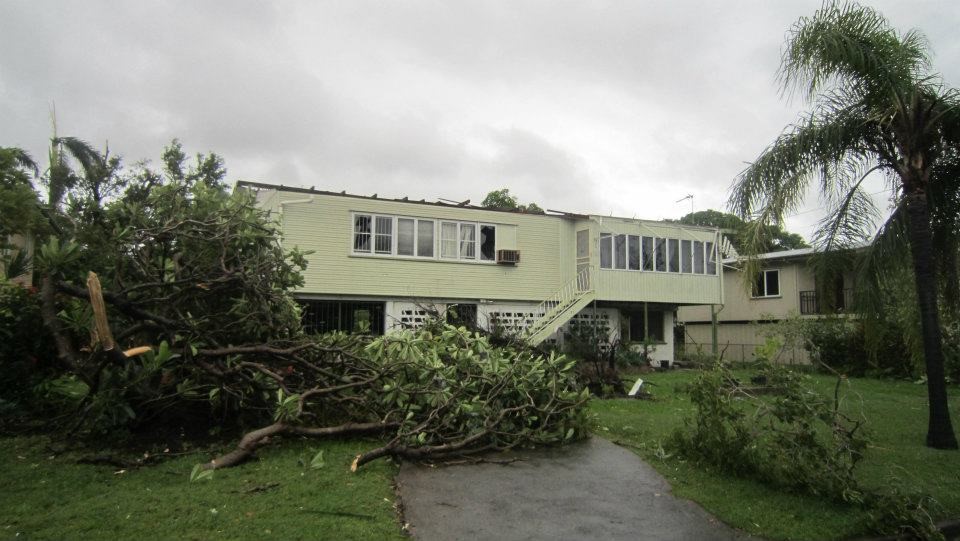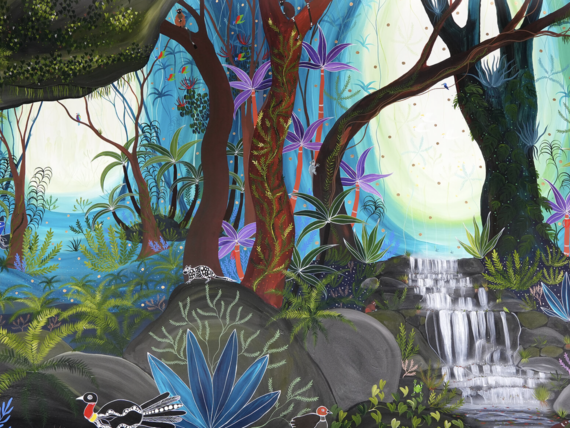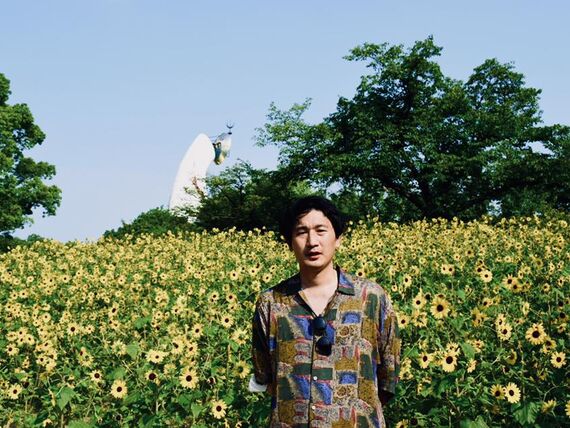
##MP##
About five per cent of Australians don’t believe tornadoes happen here.
Yetta Gurtner knows they do.
She lived through one.
“It was about 5.30 in the morning,” she said.
“All of a sudden, everything was really eerie, and there was this really loud noise.
“I had no idea what was happening.”
##BA##
Doctor Gurtner is recalling the morning of March 20, 2012, when a tornado touched down near Townsville airport and carved a three-kilometre path of damage and destruction across several suburbs.
“For about 10 or 15 minutes, really intense rain, shaking, all the power lines went down, the house behind me lost its roof,” she said.
##PQ##
“There was no warning, no prior preparation.
“This was out of the blue.”
At the time, it was called a “mini tornado”, but, as with pregnancy, there are no fractions.
It’s either a tornado or it isn’t. This was.
Winds up to 110 kilometres per hour and driving rain damaged about 100 homes in the suburbs of Vincent, Pimlico, Gulliver, Garbutt, and Aitkenvale.
Tornadoes are narrow, rotating columns of air extending from a thunderstorm to the ground and can be the most violent of all atmospheric storms.
They’re most common in the central United States, but they do occur elsewhere, including in Australia, where about 60 tornadoes form each year.
Doctor Gurtner is research supervisor at the James Cook University (JCU) Centre for Disaster Studies.
She said a current research study shows lack of awareness of tornado risk can mean people don’t know how to prepare or respond.
“There are eyewitness accounts of tornadic activity dating back to 1795, but the documented evidence of tornadoes in Australia has been sporadic and inconsistent,” she said.
“Part of the reason for this is because tornadoes predominantly occur in sparsely populated locations.
“An initial review suggested there was limited community awareness and understanding of tornadoes in Australia.
“So PhD candidate Vicki MacLean put together a research project to gauge levels of existing knowledge and capacity from a disaster management perspective.
##PQ2##
Dr Gurtner said there’s confusion about the difference between a cyclone, a hurricane, and a tornado.
“While most people were familiar with tornadoes, there is significant variability in the terminology used in Australia.
“Frequently used alternative terms such as willy-willy, dust devil, and mini tornado can distort community perceptions regarding the size and destructive capacity of an event.
“17 per cent of respondents did not know where to source relevant information on weather hazards of any kind, or how to prepare for an event.”
The Bureau of Meteorology says Australia has no defined tornado season, but they’re more common in late spring and early summer, and they can form in the outer bands of thunderstorms associated with tropical cyclones.
Tornadoes are rated on the Fujita scale, with an F1 reaching wind speeds up to 180 kilometres per hour.
Theoretically, the most powerful tornado is an F5, which can generate wind speeds above 400 kilometres per hour.
The 2012 Townsville tornado is thought to have been an F1 or F2.
Dr Gurtner said the research project will now work with weather forecasters and emergency services to develop better risk management approaches for tornadoes.
“The Bureau of Meteorology does put out warnings for severe weather events, but rarely do they put the potential for a tornado with that,” she said.
“They’re still coming to grips with how we actually do warnings for that.
“Tornadoes can happen pretty much anywhere.
“They can happen at any time of year.”
Main points
- Five per cent of Australians don't believe tornadoes happen here
- Australia has more than 60 tornadoes a year but many go unreported
- Lack of tornado awareness is a community safety issue








